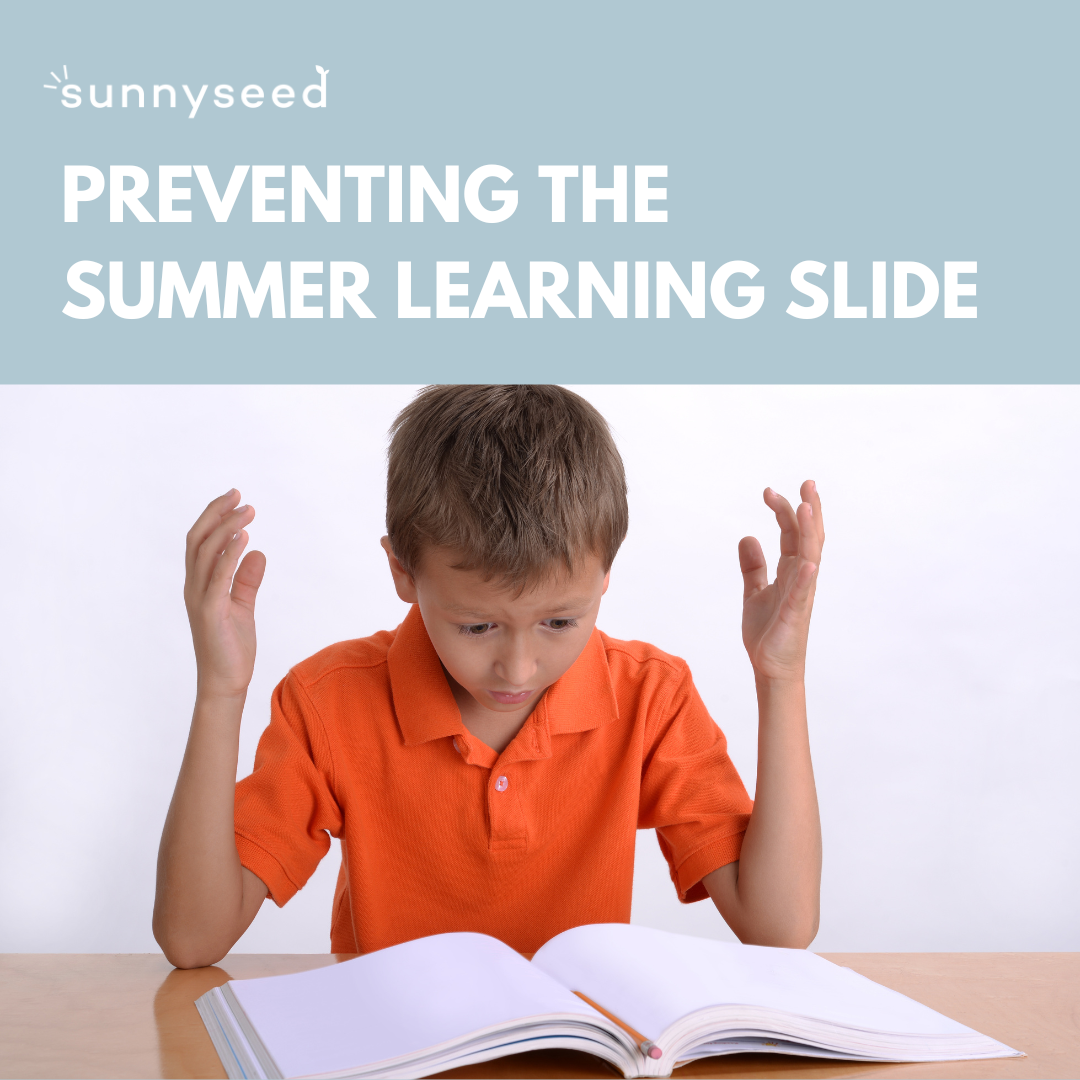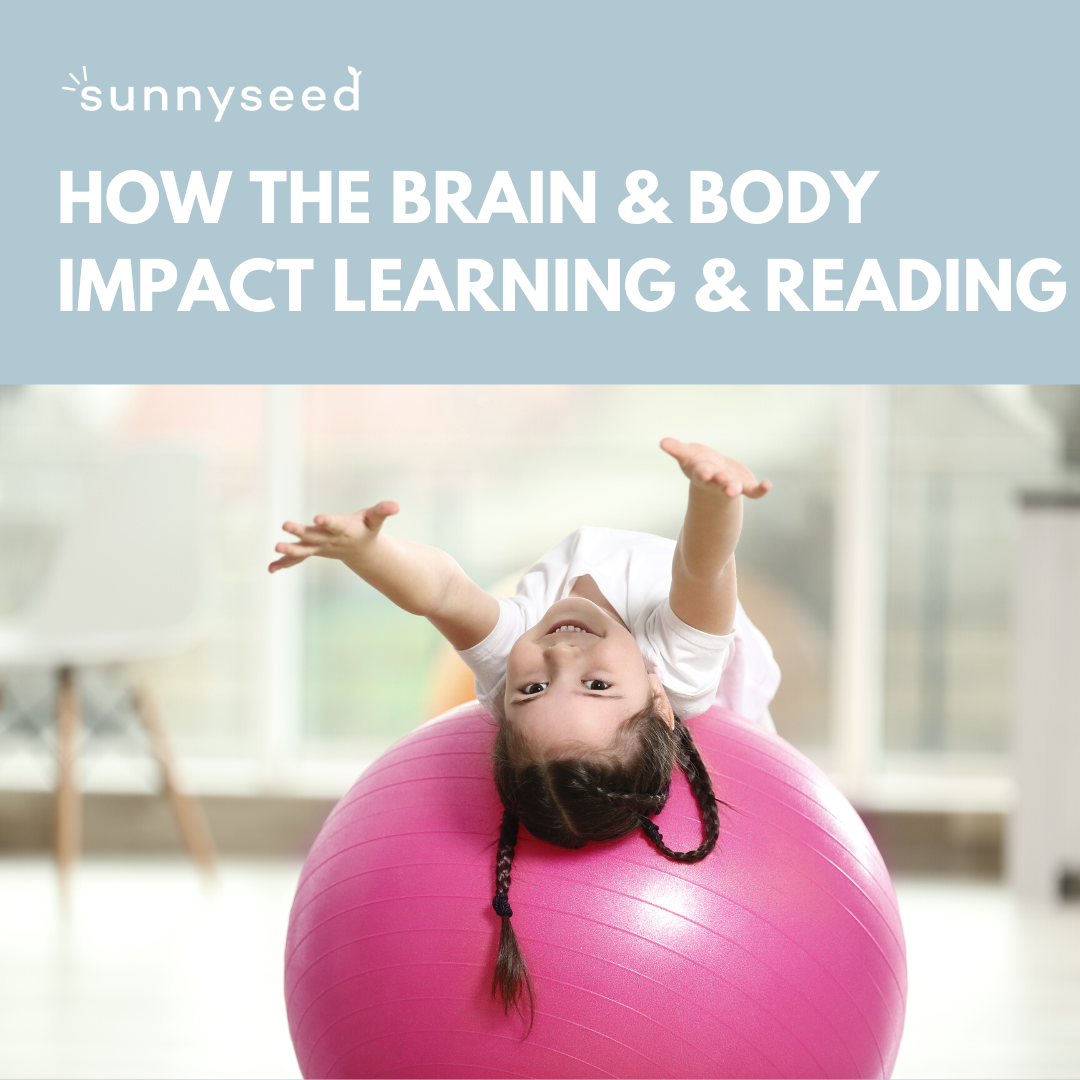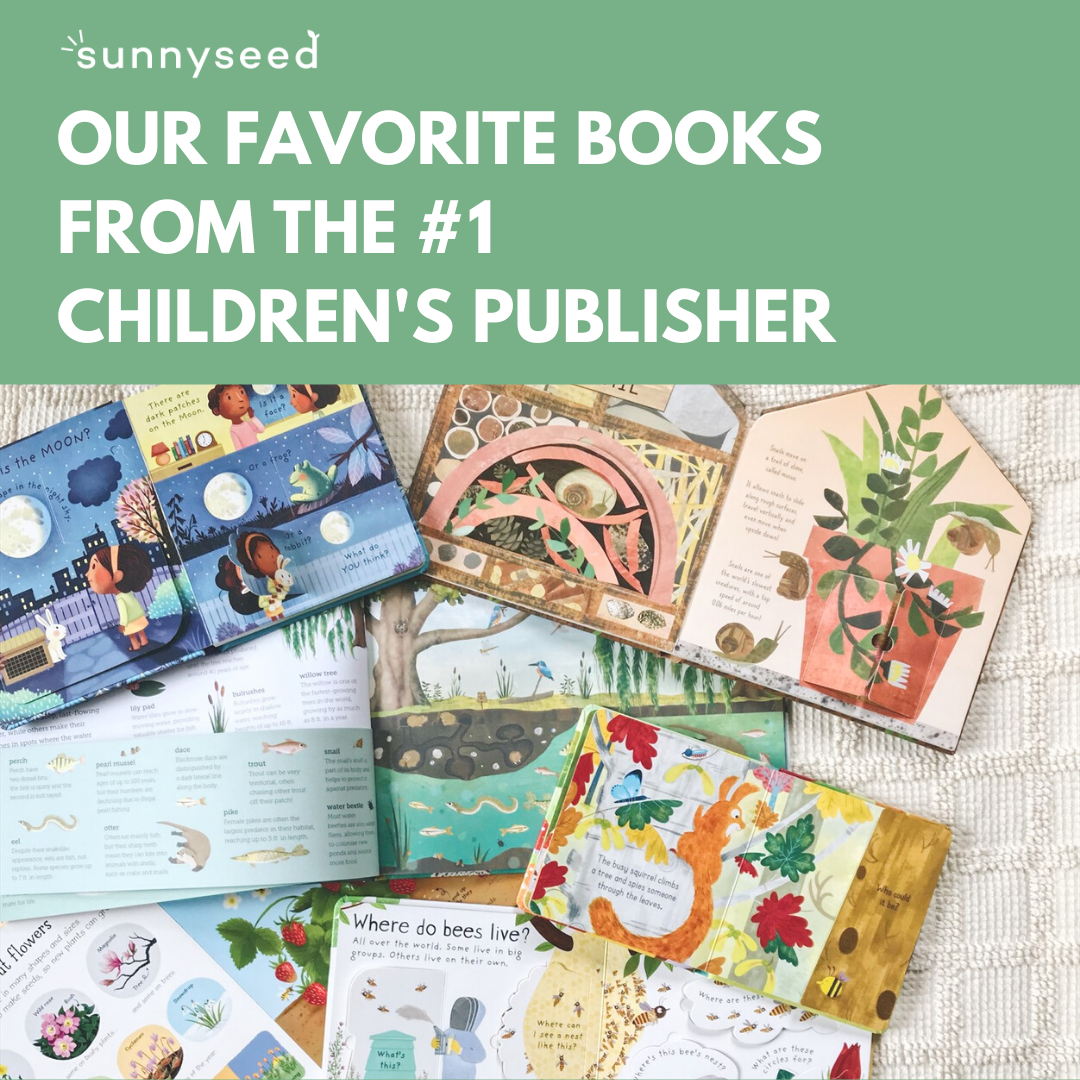Understanding the 7 Components of Reading Instruction
Children at risk for reading failure fall behind very early in the process of learning to read. Understanding the different components of reading can help us understand:
How complex the process is
How to support their reading journey
Where our child might be experiencing gaps so we can help
Poor readers do not catch up unless we intervene with intensive instruction. A proactive approach is the best form of intervention.
Let’s dive in to the 7 Components of Reading Instruction:
1 - EARLY LITERACY SKILLS
Early literacy skills are the important skills children develop from birth to age 5 that impact their later achievement. Neurologists have determined that the neuroplasticity of the brain, and greatest language learning potential, is in the first three and a half years of life.
During this time, the brain will reach 80% of its adult volume. Synapses are formed at a faster rate during these years than at any other time. Unlike other human body cells, brain cells do not regenerate. A child’s experiences, good or bad, influence their brain growth, architecture, processing activity, and future academic success.
Early literacy, sometimes called emergent, precursor, predictive, or foundational literacy skills, includes:
language and vocabulary development
alphabet knowledge
phonological awareness
print concepts
memory
handwriting
sequencing
narration
background knowledge
verbal reasoning
visual skills
enjoyment of books
While these skills are incredibly important, it is important to remember they can – and should – be taught in a way that makes learning feel fun.
Did you know PLAY actually helps children become more successful learners?
PLAY
Research has found the executive functioning of the brain develops through pretend play and this significantly aids in reading comprehension! A nationwide study of 3-6 year olds found that children are not developing and hitting their milestones faster today, yet we are expecting more of them in schools.
Children who explore the use of puppets, manipulatives, painting, poetry, chants and songs within the context of storybook sharing gain pre-reading skills such as phonemic awareness and concepts of print in a more developmentally appropriate manner.
Play is an important vehicle for developing self-regulation as well as promoting language, cognition and social competence. ... Children of all ages love to play, and it gives them opportunities to explore the world, interact with others, express and control emotions, develop their symbolic and problem-solving abilities, and practice emerging skills. Research shows the links between play and foundational capacities such as memory, self-regulation, oral language abilities, social skills and success in school.
WHY EARLY LITERACY MATTERS:
By the age of 2, children who are read to regularly display greater language comprehension, larger vocabularies, and higher cognitive skills than their peers. {Source: Raikes et al., 2006}
37% of children arrive at kindergarten without the skills necessary for lifetime learning. {Source: Landry, S. H, 2005. Effective Early Childhood Programs: Turning Knowledge Into Action. Houston, TX: University of Texas, Health Science Center at Houston}
Reading with your child can raise your child’s IQ by more than SIX points. “The earlier the interactive reading takes place, the larger the benefits.” {Source: How to Make a Young Child Smarter, Perspectives on Psychological Science, 2013}.
Being regularly read to at home, prior to beginning school, is the single most significant factor influencing a child’s educational success. {Source: National Commission on Reading, Children’s Access to Print Material and Education Related Outcomes}
For more information, be sure to check out these resources:
2 - PHONOLOGICAL & PHONEMIC AWARENESS
Phonological awareness is the ability to identify, produce, and manipulate sounds of oral (spoken) language. This includes the ability to identify rhymes, clap out syllables, and recognize sounds that are similar and different. Phonemic awareness is a sophisticated skill within the broad framework of phonological awareness that refers to the ability to identify and manipulate individual sounds (phonemes) in spoken words.
Phonological awareness first develops at home when parents read books and sing nursery rhymes to their children. It then progresses as children begin to develop their alphabetic knowledge, and more complex instruction is recommended to begin around the early preschool years.
At least 80 percent of all poor readers are estimated to demonstrate a weakness in phonological awareness [13].
For more information, check out my All About Sounds: Phonological & Phonemic Awareness E-book - This is the only comprehensive guide available online for parents. It includes 110 pages of background, research, resources, and simple activities for both parents and teachers.
3 - ALPHABETIC PRINCIPLE
A child’s knowledge of letters and their corresponding relationship to sounds is a strong predictor of their future reading success. Most children learn this between 2 and 5. That’s a big range!
My All About Letters E-book will teach you everything you need to know about teaching letters, including research-based answers to these questions:
When and how to teach letters
What order to teach letters
Should you teach lower case and uppercase at the same time?
Should I teach letter sounds first or letter names? Or both at the same time?
In addition, this e-book includes:
Activities to strengthen hand muscles before beginning handwriting.
Activities to practice letter identification.
Letter articulation guide
Handwriting tips
4 - PHONICS
How does a child sound out a word they do not know? Decoding is the process of translating print to speech by matching letters/letter combinations (graphemes) to their sounds (phonemes). In a well-designed and executed program, decoding is taught in relation to the student’s stage of reading development through explicit, systematic phonics instruction.
Phonics is the knowledge of the correspondences between phonemes and graphemes (i.e., the letters and letter combinations that represent phonemes) and larger chunks including syllables and meaningful parts.
It is important to understand not every method of teaching phonics is effective. The way phonics is taught determines the level of success and research is repeatedly in favor of explicit, systematic phonics instruction.
One of the most fundamental flaws found in most phonics programs is that they go from letter to sound instead of from sound to letter. This conflicts with the structure of the English language. Speech evolved thousands of years before alphabetic writing so we should teach awareness of the sound system and anchor letters to it (sound-to-print).
The problem with print-to-sound (conventional phonics) approach is that it leaves gaps, invites confusion, and creates inefficiencies. The alphabet consists of 26 letters, but there are 44 phonemes, and roughly 120 spellings that represent these phonemes. A more effective phonics approach teaches the whole system in a clear, logical sequence over the course of several years.
IMPLICIT VS. EXPLICIT PHONICS INSTRUCTION
5 - FLUENCY
Fluency is the ability to read words, sentences, and passages with sufficient speed to support understanding. Fluency is achieved when decoding or word-recognition skills are automatic. A fluent reader reads with prosody, phrasing, and appropriate emphasis and speed.
When beginning (or struggling) readers read words in a laborious, inefficient manner, they cannot remember what they read, much less relate the ideas to their background knowledge. This inhibits their ability to understand and enjoy what they read so fluency and comprehension are inextricably connected.
6 - VOCABULARY
Vocabulary is the knowledge of the individual word meanings in a text and the concepts that those words convey.
Did you know a child’s vocabulary begins to develop from infancy? Infants have absorbent minds and develop language and vocabulary skills that lay a critical foundation for reading and writing instruction in school.
Starting at about 12 months and continuing through adolescence, children learn an average of ten new words a day if they are in an environment where they hear new words (Bloom, 2002).
Books contain many words that children are unlikely to encounter frequently in spoken language. Children’s books actually contain 50% more rare words than primetime television or even college students’ conversations. {Source: The Read-Aloud Handbook, by Jim Trelease}
7 - COMPREHENSION
Reading comprehension is the ability to understand what we have read. Skilled readers use background knowledge, reasoning, and comprehension skills and strategies to understand, remember, and communicate what has been read.
Comprehension is the mental problem solving to truly understand text. We use many comprehension skills and strategies simultaneously while we read.
Research shows explicit comprehension instruction is most effective. Teachers should explain and model through thinking aloud:
What strategy to use and why
When to use the strategy and how
Children progress through guided practice and cooperative learning before they are able to apply comprehension strategies independently.
These resources to improve text comprehension are on the way (stay tuned):
Open-Ended Questions
Building Background Knowledge
Making Predictions
Metacognition
Monitoring Comprehension
A List of Comprehension Skills & Strategies
How Reading Levels Affect Reading Comprehension
Sources
U.S. Department of Health and Human Services, Health Resources and Services Administration, Maternal and Child Health Bureau, National Survey of Children’s Health. (2017)
Adler, C.R. (Ed). 2001. Put Reading First: The Research Building Blocks for Teaching Children to Read, pp. 49-54. National Institute for Literacy. Retrieved Nov. 1, 2007, from http://www.nifl.gov/partnershipforreading/publications/reading_first1text.html.
Guddemi, M. Linking self-regulation, pretend play, and learning in young children. Gesell Institute for Child Development.
Steglin, Fite, Wisneski. The Critical Place of Play in Education. (2015). https://usplaycoalition.org/wp-content/uploads/2015/08/PRTM-Play-Coalition-White-Paper.pdf
NAEYC Developmentally Appropriate Practice position statement (2009)
Harris. (2003). An Assessment of the Impact of First Book’s Northeast Program
National Literacy Panel (2008). Developing early literacy: Report of the National Early Literacy Panel. Washington, DC: National Institute for Literacy.
Zerotothree.org














